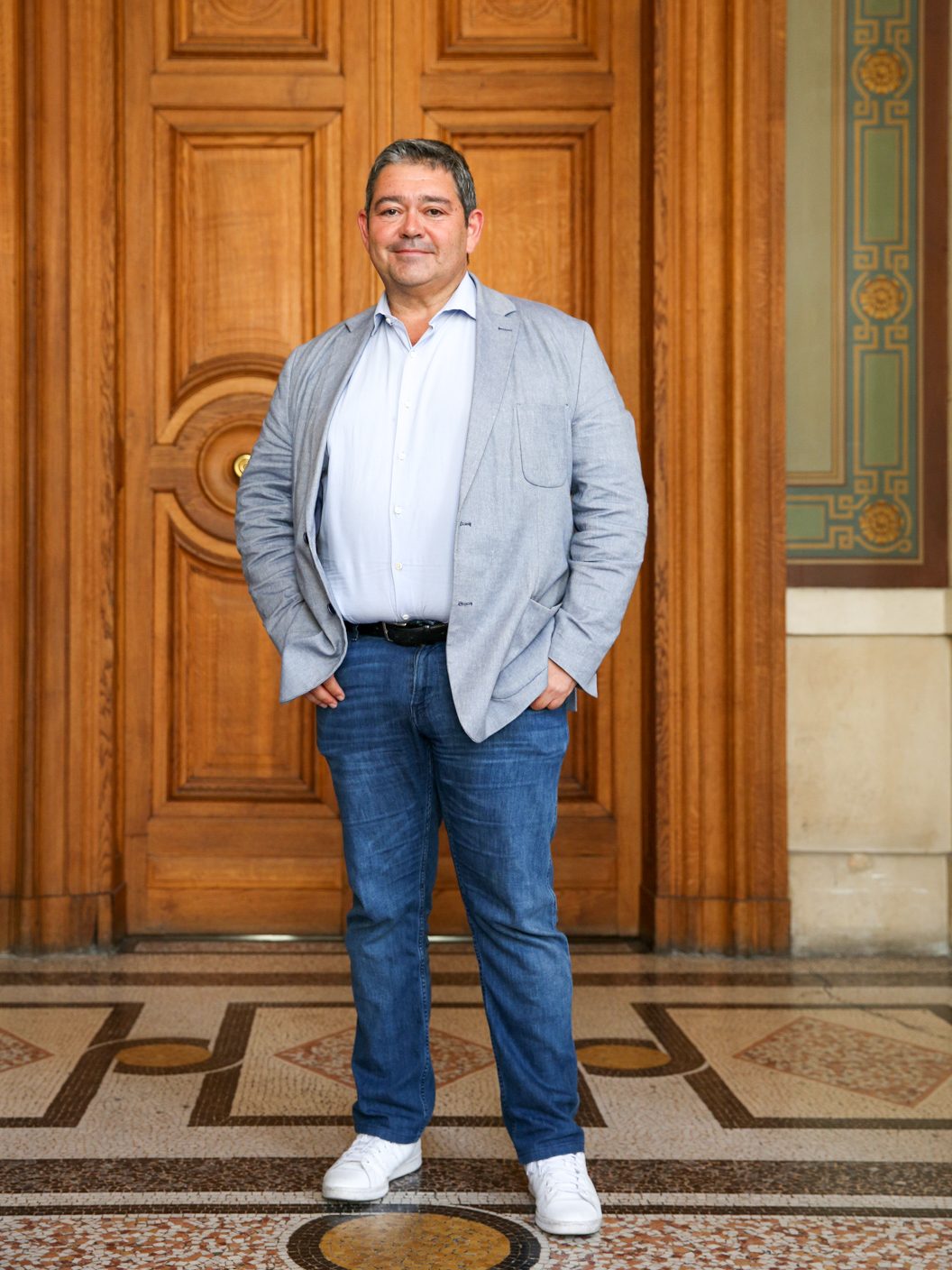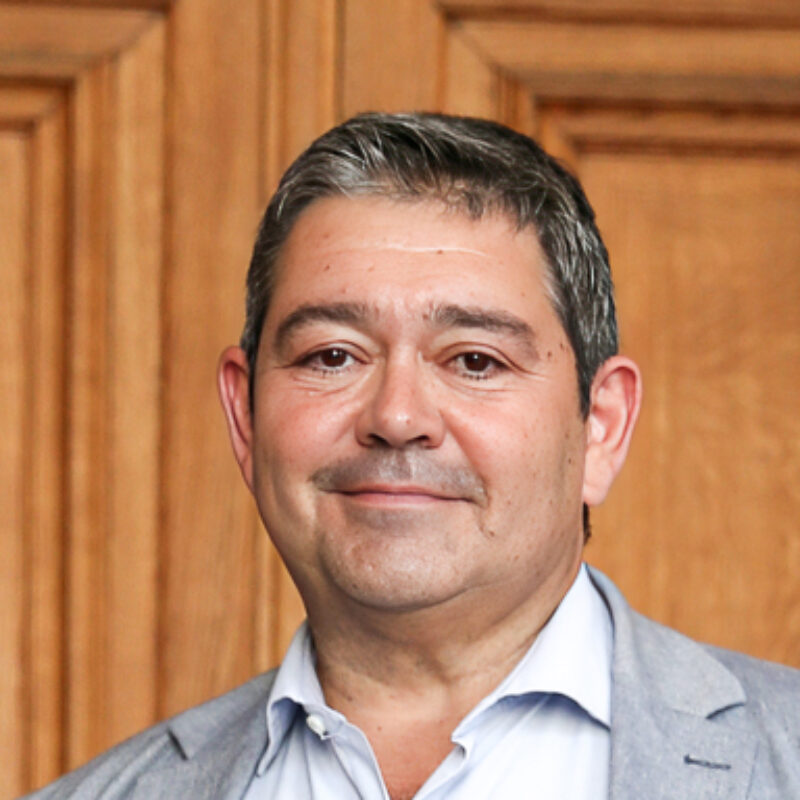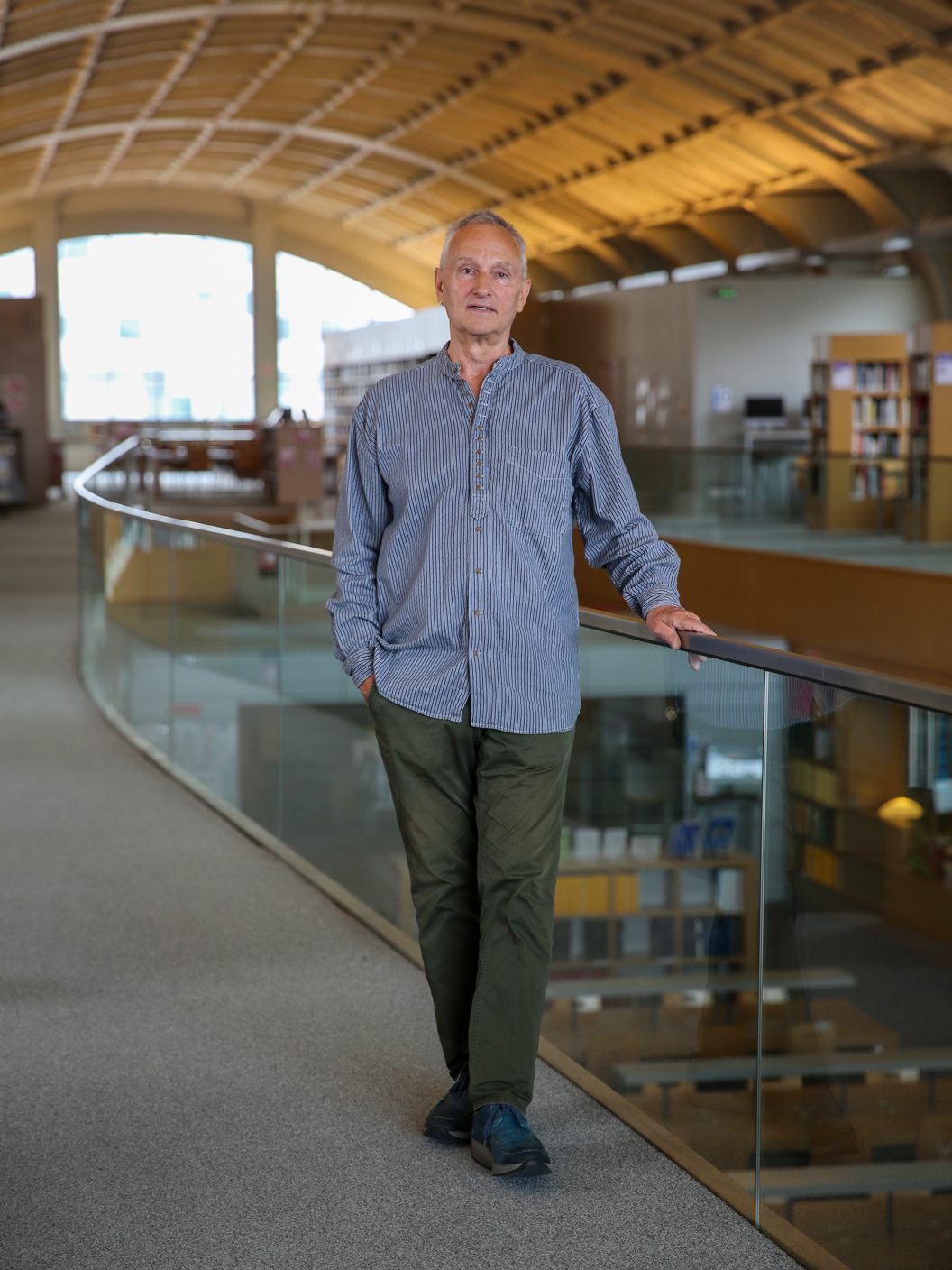
A new Latin Quarter
Interview with Jérôme Coumet, Mayor of the 13th arrondissement of Paris.
What are the characteristics of the Paris Rive Gauche district?
The district’s principal characteristic is diversity; it’s a business district, a residential district, an educational district, and a cultural district. The 13th arrondissement is also a major venue of expression for street artists from all over the world… It is all of these things at one and the same time, a quality that favors interaction between all the people who live here. Secondly – and this is what makes our arrondissement so unique – we decided to preserve a certain number of historic industrial buildings that had been slated for demolition. We realized that they could be used for other activities, that they could be re-destined for other purposes. This insight proved to be correct considering, for example, that the Halle Freyssinet is currently one of the world’s largest digital business incubators. Finally, another important feature is the university facilities that have transformed our arrondissement into a new Latin quarter in Paris.
You talk about infrastructures. Is the Bibliothèque nationale de France a major magnet for visitors?
Absolutely! The Bibliothèque nationale de France was the first major building to break ground and give our neighborhood an identity. There then followed the opening of the MK2 cinema complex and of restaurants, which have attracted many visitors. Today, innovative digital companies work side by side along with a large number of publishing houses and the newspaper group Le Monde, whose building marks the entrance to Avenue Pierre-Mendès-France.
What do you feel about the BPCE Towers?
It’s obviously a major project for our neighborhood managed by Groupe BPCE, a mutual banking group that knows the true meaning of the word ‘closeness’, and whose corporate mission is to support local players – local residents, local shopkeepers, businesses, the university – in the realization of their different projects… Not to mention its thousands of employees, who also infuse life into the district. The idea for the towers dates back to 2001 and it’s really satisfying to see them standing today.
What future projects have been planned for the neighborhood?
Fortunately, there’s still a lot to be done! There’s the construction of new buildings and the continued work of covering the railway tracks… but I could also mention remediation efforts on the Seine. We are currently building a huge reservoir in front of the Salpêtrière hospital, with a capacity equivalent to 200 Olympic-sized swimming pools. The aim is to retain the water produced by heavy storms and prevent it from being released into the river. It’s an eminently ecological project that will improve the quality of life for future generations.

Mayor of the 13th arrondissement of Paris
